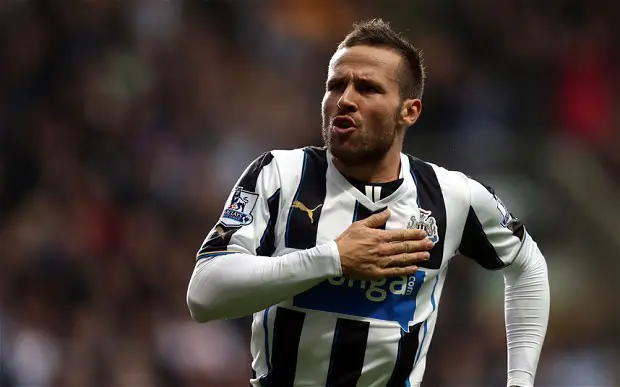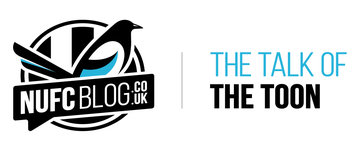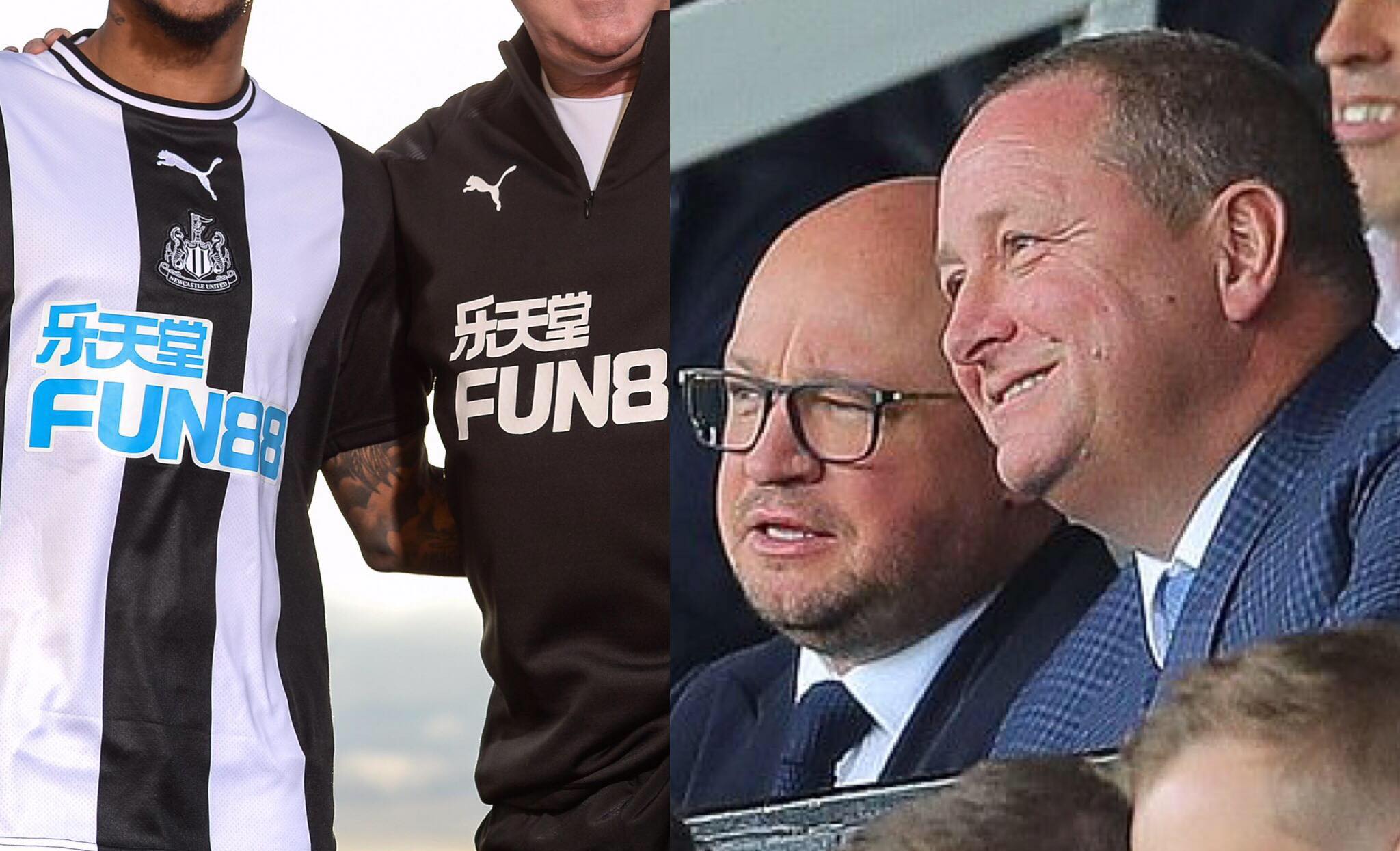For a good long while now, it has become apparent that Newcastle recruit without much thought about team or squad cohesion.
Whenever a player is signed, fans and media will inevitably call out for people to be “the next *Insert name here*” simply because they are signed in a particular position.
However, it quite often becomes the case that they are anything but that player and, even though ability level is a factor, quite often play style is a big difference to why impact is lessened.
Now, obviously if a team decides to go in a different direction, which is often the case under new managers, then different types of players will be signed for those positions to achieve that. The Newcastle hierarchy, however, tend to make knee-**** deals that look good from a financial standpoint rather than a team standpoint and then expect the manager to figure out how they can fit the players together to make something tick.
Now and then, a purchase will be made that does fill that spot and is cohesive with how the team works but the urge to buy cheap or pick out ‘a gem’ has long become a problem at Newcastle, which has resulted in a serious instability in team cohesion and has created a sequence of stop-gap signings.
These stop-gap signings that Newcastle sign simply fill up the squad to 25 players and hardly ever address the areas which need addressing.
We will sign a player for a position but not actually consider how that player will work within the structure or, in fact, work as replacement for another player. No player is exactly the same, but there will always be enough similarities available to figure out whether someone can replace another.

Centre-Midfield has long been a place for these stop-gap signings and we’ve been left for a long time waiting and hoping for replacements for the likes of Cabaye and Tiote.
I’m fairly confident now that the role Tiote has been filled with Hayden and I feel we were only able to achieve this due to his age, low cost and the tactical astuteness of a manager with a plan. This sort of accomplishment is a rare thing, however, and it often comes when other places are in need of replacement too.
In the McClaren era, Wijnaldum was signed with lots of people heralding this as the much-needed replacement of Cabaye but he was a completely different puzzle piece to what we were needing and, although he certainly shined in other areas, he ultimately failed to take that mantle due to the difference in playing style.
Long-term now, we find ourselves scratching around our squad trying to fill those huge roles. Who could honestly be bought or moulded to adequately fit the holes left by Cabaye, Sissoko and Wijnaldum in midfield?
If you look at Cabaye, you have a player who would move the play forward with short and long passes but also put the donkey work in for defensive duties. Who do we have for that role now?
Arguably, Shelvey is our current Cabaye but his play style, though being a creative midfielder, is vastly different to the Frenchman. Shelvey has proven during his stint with us that he doesn’t have the energy of Cabaye, he doesn’t have the set-pieces of Cabaye and he doesn’t set positively set the pace of the team like Cabaye. There are plenty of Shelvey games that have passed by where myself and others have bemoaned the fact that a Cabaye-type player hasn’t been there to take the game by the scruff of the neck and improve us.
So, although there are similarities in their play, there are too many major differences to state that he is a like for like replacement.

Cabaye was sold in 2014 and we are yet to see someone permanently employed to perform the same job as him. The nearest we have got, so far, was a brief stint by Mikel Merino and the debut spell of Sean Longstaff.
Ironically, Yohan Cabaye was part of rebuild that actually made sense at the time but also brought in its own problems. Though Cabaye took the number of outgoing Kevin Nolan, he was more of a direct upgrade to Joey Barton. Both players were very similar in play but Cabaye provided a calmer head (most of the time!) and a better pedigree. I ask the question though, if Cabaye wasn’t available for the £4 million we signed him for, would we have gone in on him or a similar player? Was this simply a gamble on a cheap player that worked out?
The Kevin Nolan hole wasn’t properly filled until Gini Wijnaldum in 2015, meaning that although Newcastle did significantly upgrade in the Summer of 2011, we removed an asset without properly replacing it. At the time, the significantly different Sylvain Marveaux looked primed to take that forward midfield position except injuries and other reasons prevented that from happening. The same could be said for Siem De Jong who was brought in to fulfil that role in 2014 on the cheap, but was ravaged with injuries.
As mentioned, by the time Wijnaldum was brought in, Newcastle were lacking the Cabaye player. We had two different assets in Wijnaldum and Sissoko but everything was disjointed to a point where any sort of really effective playing style was lost.
We seem to have filled that Wijnaldum spot now with Joe Willock, which is good, but it is still a precarious position we find ourselves in with midfield, as Hayden is forced to play all over the park, Shelvey misses out on vital components and all other midfielders are either not good enough, not trusted or are woefully out of form.
Our striking position has long been another of these broken spots in the team. We will sometimes fill a starting position with a brilliant player (Rondon?), only to wildly recruit differently when the time for replacing has come (Joelinton!).

Apart from their positions as a striker, consider how many differences can be seen in this list of strikers that Newcastle have recently employed as our main strikers in the Premier League since our first return: Carroll, Best, Lovenkrands, Ameobi, Ba, Cisse, Riviere, Remy, Perez, Mitrovic, Gayle, Joselu, Rondon, Joelinton, Wilson.
So often, with strikers, the manager and squad has to change to fit the striker instead of the striker being brought in to fit the team and ethos. Though sometimes we were blessed with good enough players to benefit those strikers (see Remy replacing Ba), there’s been plenty of times now where a striker simply doesn’t fit into the system for some reason or other.
In regards to being the “big signing”, this fractured approach is very clear to see: Carroll > Ba > Cisse > Remy > Mitrovic > Gayle > Joselu > Rondon > Joelinton > Wilson.
Now obviously there is some crossover here with signings but all of these players were signed to take the mantle of being the main striker and the difference from players such as Remy to Mitrovic or Rondon to Joelinton is staggering mismanagement on the recruitment side of things and stinks of cheap and easy deals rather than necessary deals. In fact, the only deals that can pointed at as deals made purely to improve the team are Cisse, Gayle and Wilson. All the others were cheap punts, pure investment for profit or loans.
With Mike Ashley, Newcastle is a stop-gap club. Everything is done with the idea of filling a position with whatever is cheap, available or capable of turning a profit.
Even our managers, including Rafa, are stop-gap appointments. At no point do I believe there was a coherent long-term plan from the hierarchy in their manager appointments except for the hope that they’d keep the team in the Premier League and gain some profits along the way.
Follow us on Twitter (@NUFCBlogcouk) and on Facebook HERE







Recurring
nick dryden(Quote)